1. Sparse Textiles
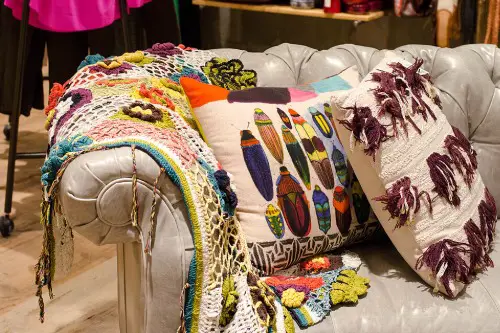
Minimalist spaces often limit textiles to a single throw or a neutral rug, keeping things visually quiet. But soft maximalism brings in layers—multiple rugs, patterned curtains, and textured cushions all in one room. It’s a sensory experience, not just a visual one. The more tactile, the better.
Think of a velvet pillow next to a chunky knit blanket on a patterned armchair. Or a jute rug layered under a vintage Persian. These combinations add depth and coziness without feeling cluttered. It’s about creating a space that feels as good as it looks.
2. Fear of Ornamentation
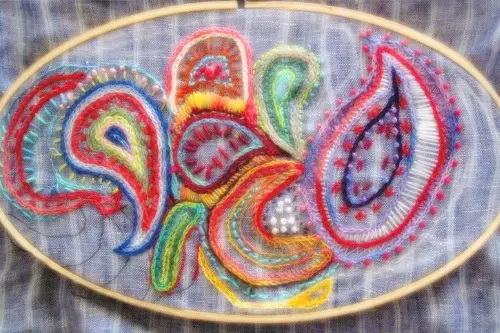
Minimalism often avoids anything “extra”—no fringe, no tassels, no decorative trim. But soft maximalism says bring on the embellishments. Scalloped edges, embroidered linens, and even fringe are making a comeback in a big way. It’s not about being flashy—it’s about celebrating detail.
These little touches add charm and a sense of craftsmanship. A ruffled lampshade or a beaded cushion can make a room feel more personal and layered. Ornamentation doesn’t have to be over-the-top to be effective. Sometimes, it’s the smallest flourish that makes the biggest impact.
3. Minimalist Monochrome Palettes
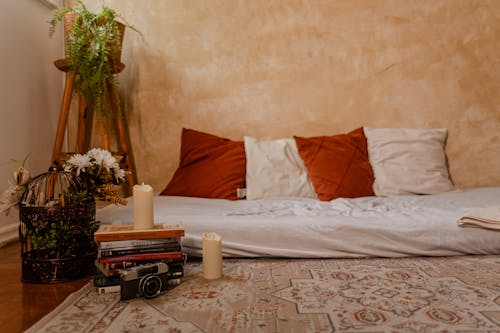
For years, all-white or all-beige interiors reigned supreme—clean, crisp, and undeniably Instagrammable. But lately, those stark palettes are starting to feel a little sterile, even cold. Soft maximalism is nudging in with layered hues, richer tones, and a more lived-in warmth. It’s not about chaos—it’s about character.
Instead of sticking to one shade, people are mixing warm neutrals with muted jewel tones or earthy pastels. Think sage green with terracotta, or dusty rose with ochre. These combinations feel cozy and expressive without being overwhelming. It’s color with intention, not just color for shock value.
4. Ultra-Streamlined Furniture
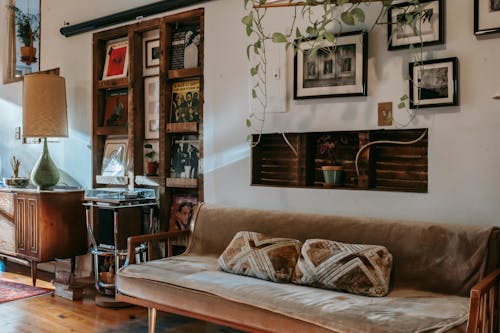
Minimalist furniture often favors sharp lines, low profiles, and a “less is more” philosophy. But that sleekness can sometimes come off as uncomfortable or impersonal. Soft maximalism is bringing back curves, plush textures, and furniture that invites you to sink in and stay awhile. It’s comfort-forward without sacrificing style.
You’ll see more rounded sofas, tufted chairs, and vintage-inspired silhouettes making a comeback. Materials like velvet, boucle, and soft leather add tactile richness. It’s about creating a space that feels warm and welcoming, not just visually tidy. The vibe is more “curl up with a book” than “pose for a photo.”
5. Bare Walls
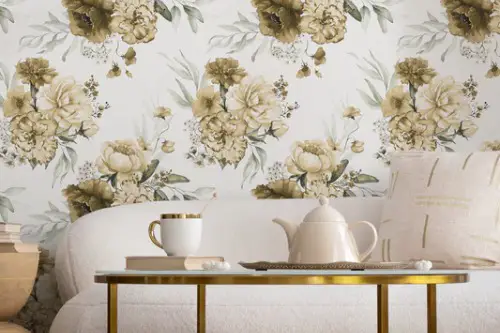
Minimalism often meant blank walls or a single oversized print to keep things “clean.” But soft maximalism embraces the idea that walls are for storytelling. Gallery walls, layered art, and even wallpaper are making a strong return. It’s not clutter—it’s curated personality.
People are mixing vintage frames, personal photos, and bold prints to create visual interest. Even leaning art on shelves or mantels adds depth and charm. The goal isn’t perfection—it’s expression. A well-loved wall says more than a blank one ever could.
6. Open Shelving with Nothing On It

Open shelving was once the darling of minimalist kitchens and living rooms, often styled with a few sparse objects and lots of negative space. But now, those shelves are filling up—with books, ceramics, plants, and meaningful trinkets. Soft maximalism says it’s okay to show your stuff, as long as it tells a story. It’s about warmth, not showroom precision.
Instead of hiding everything away, people are embracing the beauty of everyday objects. A stack of cookbooks, a handmade mug, or a quirky thrifted vase adds soul. The key is thoughtful layering, not mindless accumulation. Shelves should feel lived-in, not staged.
7. Matchy-Matchy Decor
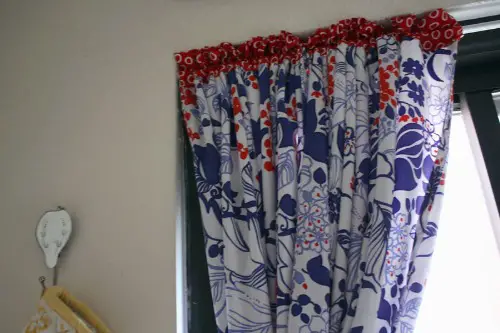
Minimalist spaces often rely on symmetry and matching sets—identical nightstands, coordinated throw pillows, and perfectly paired lamps. But soft maximalism thrives on contrast and individuality. Mixing patterns, textures, and eras creates a space that feels collected, not copied. It’s less about rules and more about rhythm.
You might see a vintage rug under a modern coffee table, or floral curtains next to a geometric print. The magic is in the mix—it feels organic and personal. It’s not about clashing, but about layering with intention. A little imperfection adds charm and depth.
8. Cold Industrial Finishes
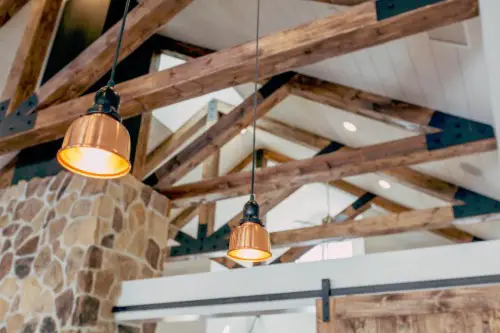
Exposed concrete, black metal, and raw wood had their moment, especially in urban loft-style interiors. But those hard, industrial edges are softening. Soft maximalism leans into warmer metals like brass and copper, and favors painted or upholstered finishes over bare ones. It’s a shift from utilitarian to cozy.
Even lighting is changing—think pleated lampshades instead of exposed bulbs, or ceramic sconces instead of steel. The overall effect is more inviting and less stark. It’s not about rejecting industrial style entirely, but about warming it up. Comfort is the new cool.
This post 8 Design Trends That Are Quietly Being Replaced by “Soft Maximalism” was first published on Greenhouse Black.
